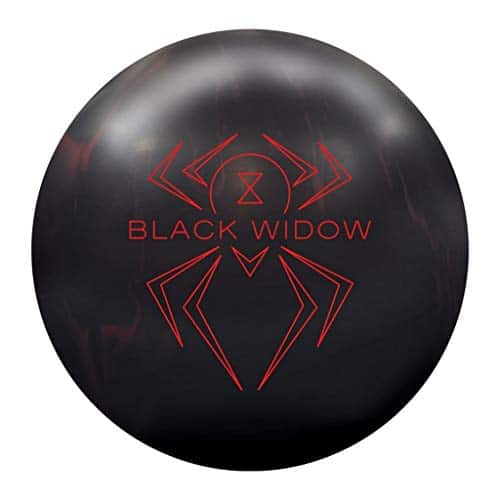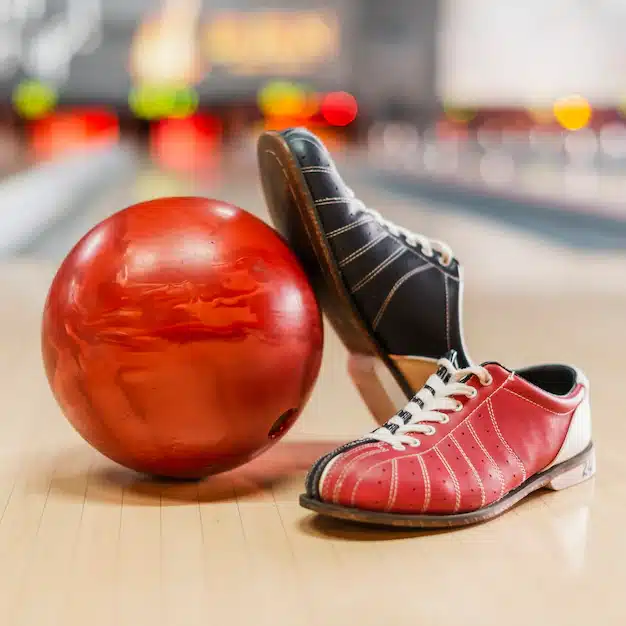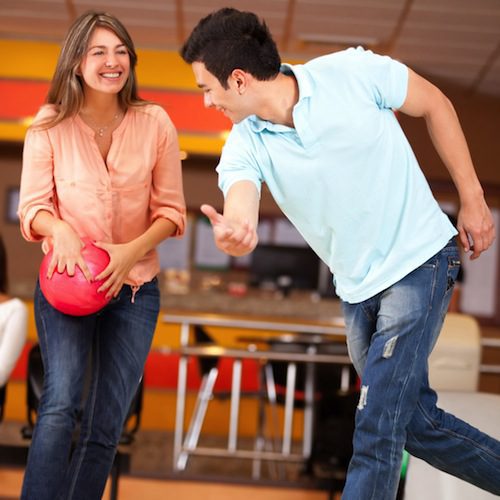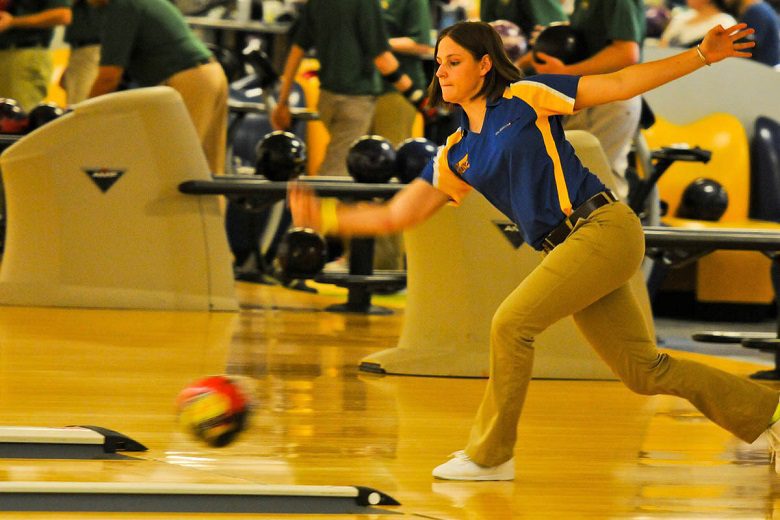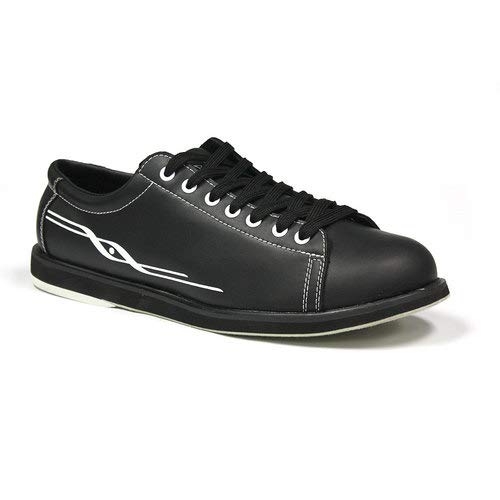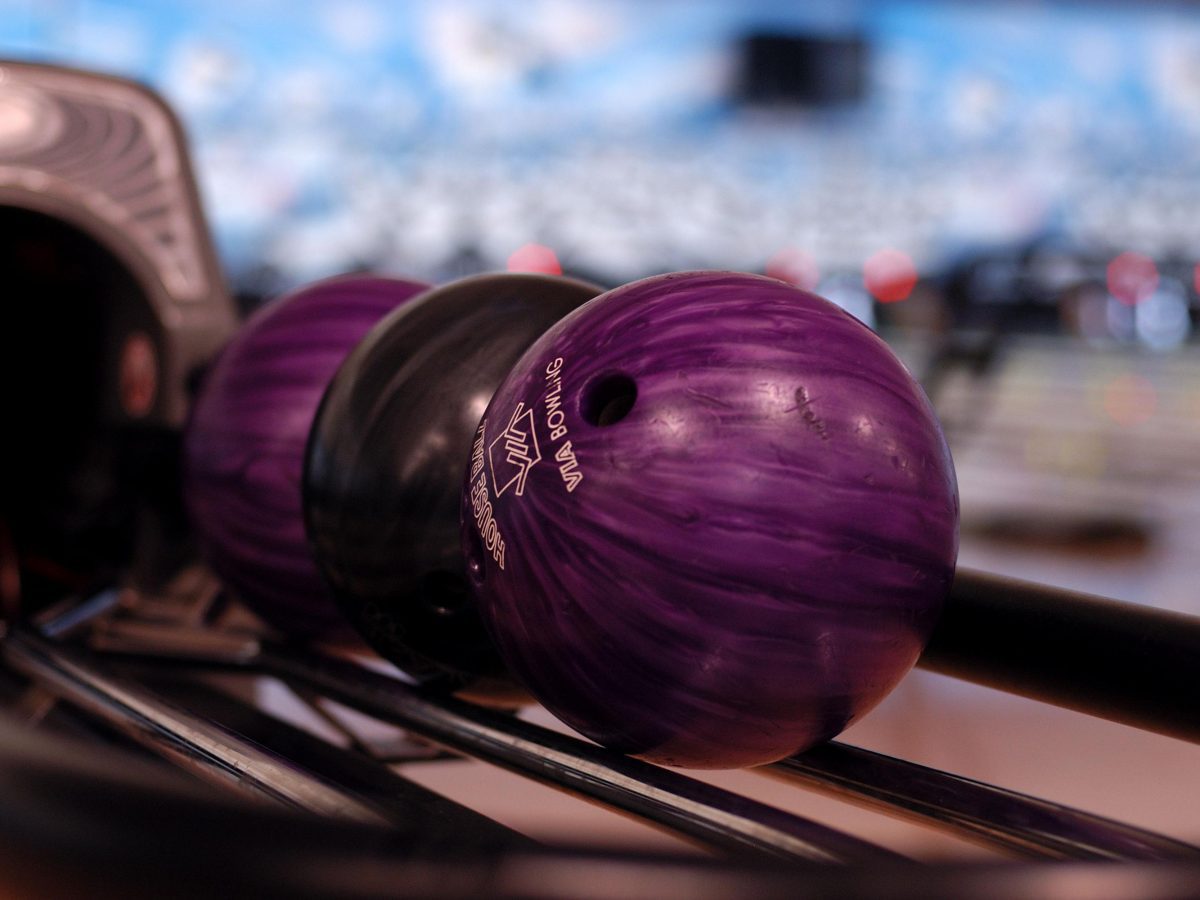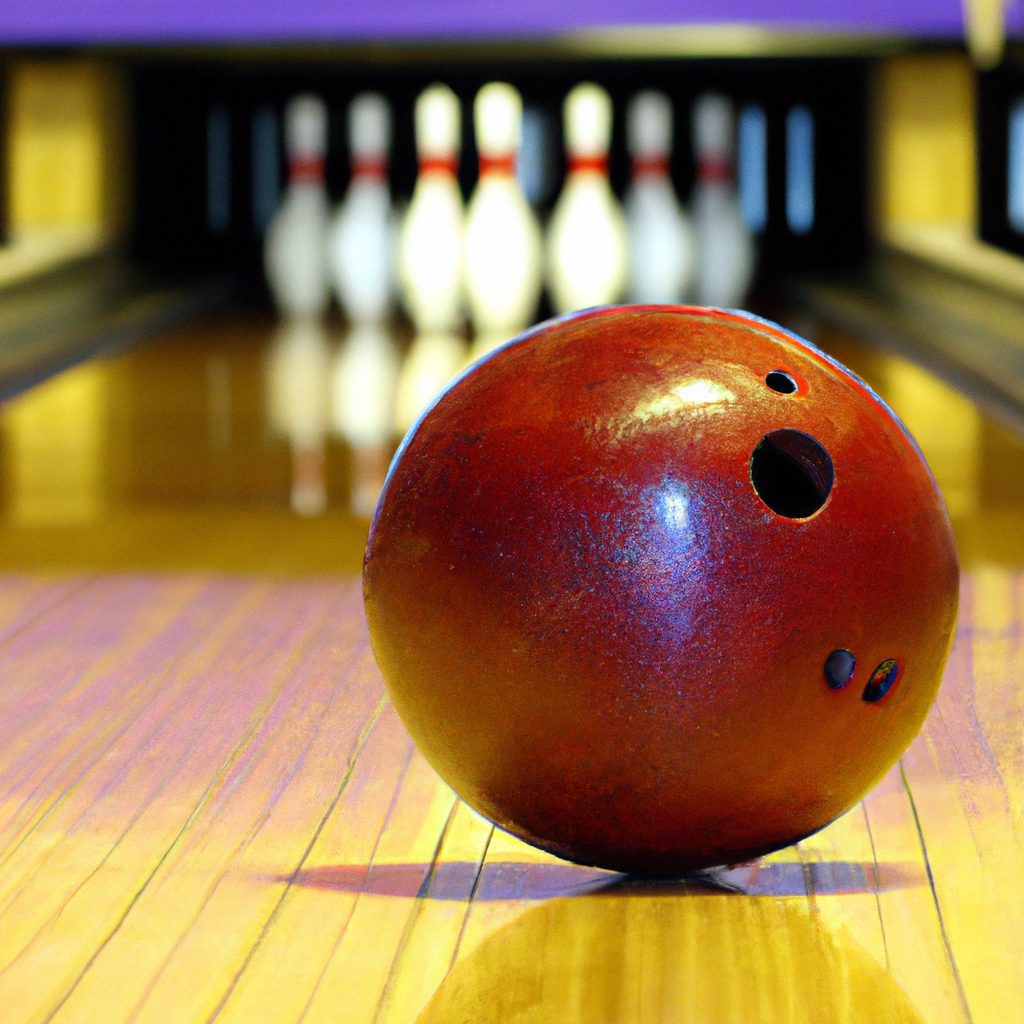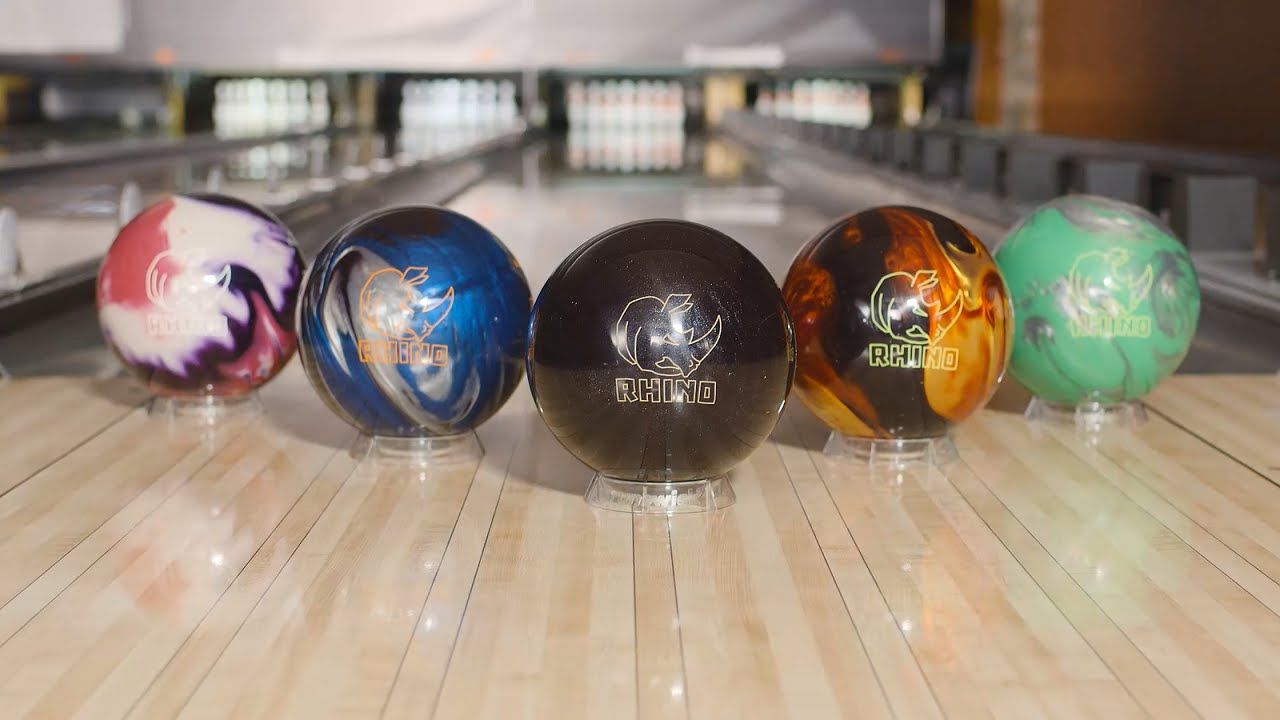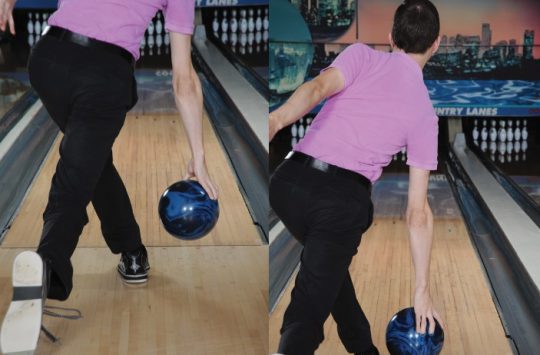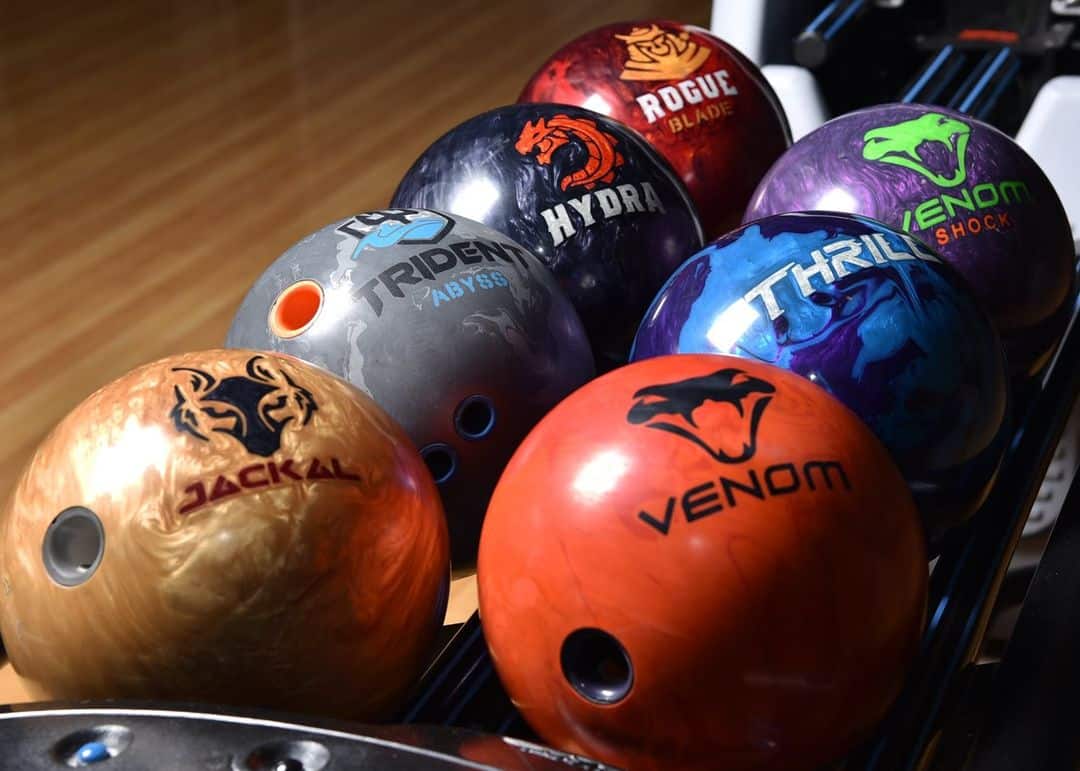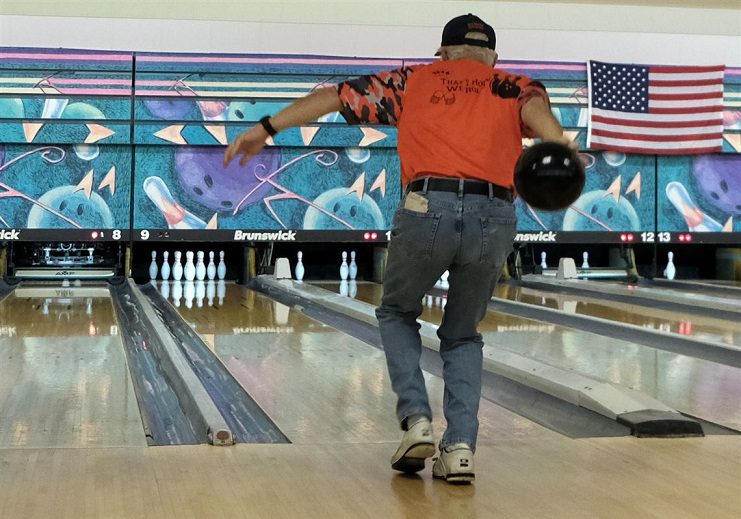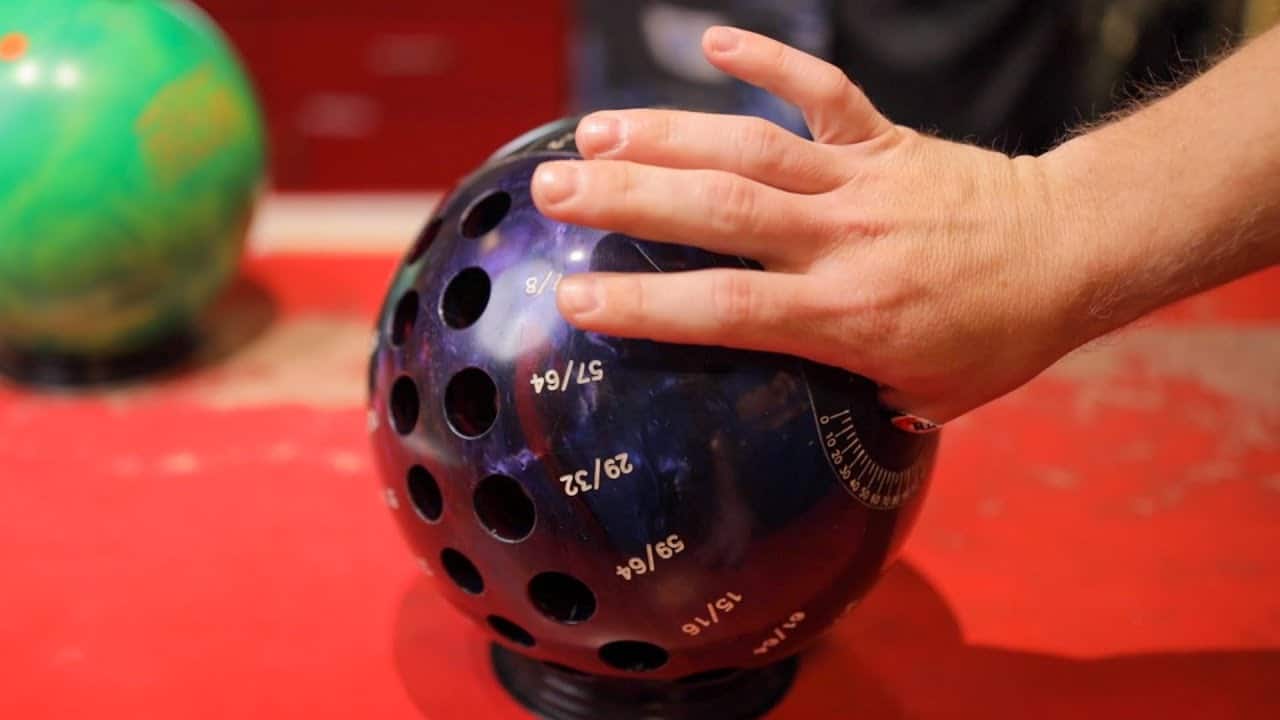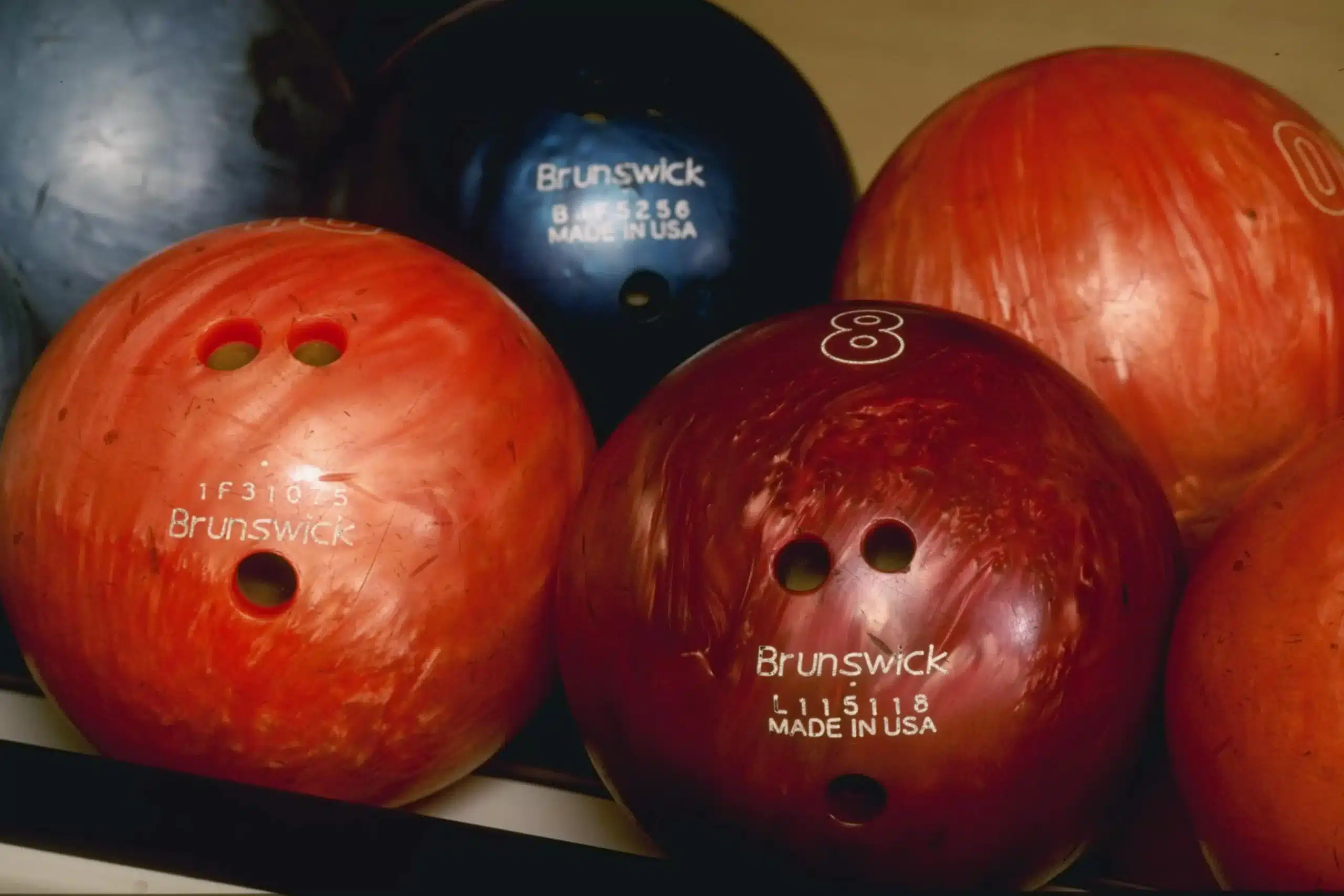Have you ever wondered if a bowling ball could lose its touch? It turns out that the answer is a resounding yes! Like any other piece of equipment, a bowling ball can go bad over time. Whether it loses its hook potential, develops cracks, or loses its overall balance, a deteriorating bowling ball can have a significant impact on your game. So, if you’re an avid bowler or simply curious about the lifespan of these peculiar orbs, get ready to explore the fascinating world of bowling ball maintenance and find out how to keep your favorite ball rolling at its best.
Review contents
Signs of a Bad Bowling Ball
Loss of Hook Potential
One of the critical signs of a lousy bowling ball is a loss of hook potential. If you notice that your once-powerful hook is no longer as pronounced or practical, it could indicate that your bowling ball is past its prime. This can happen over time due to wear and tear on the ball’s surface or damage to the core.
Cracks or Dents
Cracks or dents in a bowling ball indicate it is in poor condition. These can occur due to excessive force or impact, improper storage, or even regular use’s natural wear and tear. Not only can cracks and dents affect the ball’s performance, but they can also pose a safety risk, as they could potentially lead to the ball shattering or breaking apart during play.
Fading or Discoloration
If your bowling ball’s color is fading or becoming discolored, it could be a sign that it is deteriorating. Exposure to UV rays from the sun or even the fluorescent lights in bowling alleys can cause the ball’s surface to fade or change color over time. While this may not directly affect the ball’s performance, it can visually indicate that it is aging and may need replacing.
Worn Down Surface
A worn-down surface is another sign of a lousy bowling ball. Over time, the surface of a bowling ball can become smoothed out, reducing its overall grip and hook potential. This is particularly true for balls made of urethane or resin, as these materials tend to wear down more quickly than traditional rubber balls. If your ball no longer provides the same level of traction on the lanes, it may be time to consider getting a new one.
Unbalanced Weight Block
The weight block inside a bowling ball is responsible for its weight distribution and overall performance. If you notice that your ball is no longer rolling smoothly or consistently, it could indicate an unbalanced weight block. This can occur due to various factors, such as damage to the core or uneven distribution of weight. An unbalanced weight block can lead to erratic ball motion and decreased accuracy.
Causes of Bowling Ball Deterioration
Excessive Use
Excessive use is a common cause of bowling ball deterioration. When a ball is used frequently and for long periods, it undergoes significant stress and wear and tear. This can lead to the loss of hook potential, cracks, and overall degradation of the ball’s performance. Regular maintenance and care can help minimize the effects of excessive use, but eventually, the ball may need to be replaced.
Improper Storage
Improper storage is another factor that can contribute to the deterioration of a bowling ball. Extreme temperature fluctuations, moisture exposure, and physical damage can all result from improper storage practices. It is essential to store your ball in a cool, dry place, away from direct sunlight and excessive heat or cold. A bowling bag or case specifically designed for ball storage can help protect it from harm and extend its lifespan.
High Temperatures
High temperatures can have a detrimental effect on bowling balls. Extreme heat can cause the materials in the ball to expand and weaken, leading to cracks or deformations. Leaving your ball in a hot car or storing it in a place with high temperatures can significantly shorten its lifespan. Keeping your bowling ball in a climate-controlled environment is crucial to protect it from heat-related damage.
Moisture Exposure
Moisture exposure is another enemy of bowling balls. When a ball comes into contact with water or excessive moisture, it can absorb it, leading to swelling, warping, or cracking. This is especially true for balls made of porous materials like rubber. It is essential to dry your ball thoroughly after each use and avoid leaving it in humid or damp areas.
Chemical Interactions
Chemical interactions with the surface of a bowling ball can also contribute to its deterioration. Certain substances, such as cleaners or solvents containing harsh chemicals, can damage the ball’s outer layer or core if not used properly. Only using approved bowling ball cleaners and avoiding contact with any substances that could harm the ball’s surface or structure is essential.
This image is the property of images.unsplash.com.
Effects of a Bad Bowling Ball on Performance
Reduced Hooking Power
A foul bowling ball with a loss of hook potential will reduce hooking power. Hooking power refers to the ability of the ball to make a sharp and aggressive turn towards the pins. When a ball loses its hook potential, creating the desired angle and trajectory becomes more challenging, leading to a decrease in strike potential.
Inconsistent Ball Reaction
A deteriorated bowling ball can exhibit inconsistent ball reactions on the lanes. This means the ball may have unpredictable movements, making it difficult to predict where it will go accurately. Inconsistency in ball reaction can significantly affect a bowler’s ability to make precise shots and achieve their desired outcomes.
Less Control and Accuracy
With a lousy bowling ball, control and accuracy can be compromised. A ball that has lost its proper surface texture or has an unbalanced weight block can lead to less control over its motion. This lack of control can result in missed spares, hitting the wrong pins, or bowling with less precision overall.
Decreased Pin Carry
A bad bowling ball may also have decreased pin carry. Pin carry refers to the ball’s ability to forcefully and effectively down pins. When a ball no longer performs at its best, it may not generate enough power or energy to carry the pins through the pin deck, resulting in more liveable pins and lower scores.
Increased Risk of Injury
Using a lousy bowling ball can increase the risk of injury. A cracked or damaged ball can shatter or break apart during play, posing a danger to the bowler and those around them. It is crucial to regularly inspect your bowling ball for any signs of damage and replace it if necessary to ensure the safety of everyone on the lanes.
Extending the Lifespan of Your Bowling Ball
Regular Cleaning and Maintenance
Regular cleaning and maintenance are essential for extending the lifespan of your bowling ball. After each bowling session, it is essential to clean the ball thoroughly with a ball cleaner approved by the manufacturer. This removes oil, dirt, and grime that can accumulate on the surface and affect its performance. Additionally, using a ball rejuvenator periodically can help restore the ball’s surface texture and hook potential.
Proper Storage Techniques
Proper storage techniques play a significant role in preserving the condition of your bowling ball. Store the ball in a cool, dry place, away from direct sunlight and extreme temperatures when not in use. Invest in a bowling ball bag or case that provides cushioning and protection to minimize the risk of physical damage. Avoid stacking heavy objects on top of the ball or allowing it to come into contact with sharp or abrasive surfaces.
Avoiding Extreme Temperatures
Extreme temperatures can cause irreversible damage to bowling balls. Avoid leaving your ball in a hot car or exposing it to extreme cold. The heat can cause the ball’s materials to expand, while the cold can make them brittle and prone to cracking. Keep your ball in a climate-controlled environment to ensure its longevity whenever possible.
Applying Polish and Resurfacing
Applying polish to your bowling ball can help maintain its surface texture and performance. Polish helps to restore the ball’s original shine and enhance its hook potential. Additionally, periodic resurfacing can help remove minor scratches and imperfections, allowing the ball to roll more smoothly. Professionals should do Both polishing and resurfacing according to the manufacturer’s recommendations.
Scheduling Professional Inspections
Scheduling professional inspections is a proactive way to ensure the health and performance of your bowling ball. Bowling pro shops have the expertise and equipment to inspect and thoroughly assess your ball’s condition. They can identify potential issues and recommend appropriate maintenance or replacement if necessary. Regular inspections can catch problems early on and prevent further deterioration of the ball.
This image is the property of images.unsplash.com.
When to Replace a Bowling Ball
Significant Visible Damage
If your bowling ball has significant visible damage, such as cracks, dents, or deep scratches, it is time to consider replacing it. These damages can compromise the ball’s structural integrity and safety during play. Even if the ball is still usable, it is best to err on caution and invest in a new one for optimal performance and peace of mind.
Noticeable Drop in Performance
When you notice a noticeable drop in your bowling ball’s performance, it may be a sign that it has reached its limit. If you’ve always relied on a solid hook but now find that the ball is not reacting as sharply or consistently, it could indicate that it has deteriorated over time. Pay attention to any changes in ball reaction or pin carry, as these can indicate the need for a replacement.
Loss of Hook Potential
As mentioned earlier, a loss of hook potential is one of the telltale signs of a lousy bowling ball. If you can no longer achieve the same level of hooking power as before, even after proper cleaning and maintenance, it may be time to retire the ball. Trying to force a worn-out ball to perform can lead to frustration and lower scores.
Outdated Technology
Bowling ball technology continues to evolve, offering new designs and materials that enhance performance. If your current ball is several years old, it may be worth considering an upgrade to take advantage of the latest innovations in bowling ball technology. Newer balls often feature improved core designs, coverstocks, and weight block configurations that can enhance your game.
Personal Preference
Choosing to replace a bowling ball can also be a personal preference. It may be time for a change if you are no longer satisfied with the ball’s performance or have grown tired of using it. Bowling is meant to be an enjoyable and rewarding experience, and if a new ball can bring that excitement back, it is well worth considering.
How to Dispose of an Old Bowling Ball
Donate to Recreation Centers or Youth Programs
Consider donating your old bowling ball to local recreation centers or youth programs. Many organizations need equipment donations to provide opportunities for beginners or those who may not have access to their bowling balls. Your old ball can help someone else discover the joy of bowling and contribute to the sport’s growth in your community.
Sell or Trade-In at Bowling Pro Shops
If your bowling ball is still in decent condition and has some value, you can explore selling or trading it at bowling pro shops. Some shops may accept used balls and offer a trade-in value towards purchasing a new ball or other bowling accessories. This can be a great way to recoup some of your investment and ensure that your old ball finds a new home where it will be appreciated.
Repurpose as a Lawn Decorative
Get creative and repurpose your old bowling ball as a decorative piece for your lawn or garden. Paint it, add some embellishments, and place it strategically in your outdoor space for a unique and playful touch. Bowling balls can make for eye-catching lawn ornaments, and it’s a fun way to give your old ball a new lease on life.
Recycle through Specialty Bowling Ball Recycling Programs
Some specialty bowling ball recycling programs can properly dispose of old or damaged bowling balls. These programs collect and recycle bowling balls into new products or use the materials for alternative purposes. Contact your local recycling centers or waste management facilities to inquire about any specialized programs available.
Last Resort: Properly Dispose in Waste Management Facilities
Suppose all other options have been exhausted, and you cannot find a suitable way to repurpose or recycle your old bowling ball. In that case, the last resort is to dispose of it in waste management facilities that can handle its materials responsibly. Check with your local waste management authority to determine the proper procedures for disposing of an item like a bowling ball.
Frequently Asked Questions (FAQs)
Can a bowling ball crack?
Yes, bowling balls can crack. Cracks can occur due to excessive force, rough handling, or impact on complex objects. Inspecting your bowling ball regularly for any signs of cracking is essential, as this can affect the ball’s performance and create a safety hazard.
Is it normal for a bowling ball to fade over time?
Yes, it is normal for a bowling ball to fade or change color over time. Exposure to UV rays from the sun or artificial lighting in bowling alleys can cause the ball’s surface to fade or become discolored. While it may not directly impact the ball’s performance, it can indicate its age and potential deterioration.
Does the weight of the bowling ball affect its lifespan?
The weight of a bowling ball itself does not directly affect its lifespan. However, heavier balls may experience more wear and tear due to the additional force exerted during play. Proper maintenance and care, regardless of weight, are crucial to extending the lifespan of a bowling ball.
Can a lousy bowling ball cause injuries?
Yes, a lousy bowling ball can potentially cause injuries. A cracked or damaged ball can shatter or break apart during play, posing a risk to both the bowler and those nearby. It is essential to regularly inspect your bowling ball for any signs of damage and replace it if necessary to ensure the safety of all players.
How often should I clean my bowling ball?
It is recommended to clean your bowling ball after each use. This helps remove oil, dirt, and grime from the surface, preventing them from affecting the ball’s performance. Regular cleaning not only improves the longevity of the ball but also ensures consistent performance on the lanes.
Conclusion
Understanding the lifespan and deterioration of bowling balls is crucial for maintaining optimal performance and safety in bowling. Signs of a lousy bowling ball, such as a loss of hook potential, cracks, fading, worn-down surfaces, and unbalanced weight blocks, should not be ignored. Identifying the causes of bowling ball deterioration, including excessive use, improper storage, high temperatures, moisture exposure, and chemical interactions, is essential.
The effects of a lousy bowling ball on performance are reduced hooking power, inconsistent ball reaction, less control and accuracy, decreased pin carry, and an increased risk of injury. To extend the lifespan of your bowling ball, regular cleaning and maintenance, proper storage techniques, avoiding extreme temperatures, applying polish and resurfacing, and scheduling professional inspections are recommended. Knowing when to replace a bowling ball depends on significant visible damage, a noticeable drop in performance, loss of hook potential, outdated technology, and personal preference.
When disposing of an old bowling ball, consider donating it to recreation centers or youth programs, selling or trading it in at bowling pro shops, repurposing it as a lawn decorative, recycling it through specialty bowling ball recycling programs, or adequately disposing it in waste management facilities as a last resort.
By adhering to these guidelines, bowlers can ensure that their bowling balls remain in good condition and continue to provide enjoyment on the lanes.







![Spare bowling ball Top 10 in 2024. (reviews) Top 10 Best Spare Bowling Balls [2021 Reviewed]](http://landofbowling.com/wp-content/uploads/2021/07/Top-10-Best-Spare-Bowling-Balls-2021-Reviewed.jpg)






